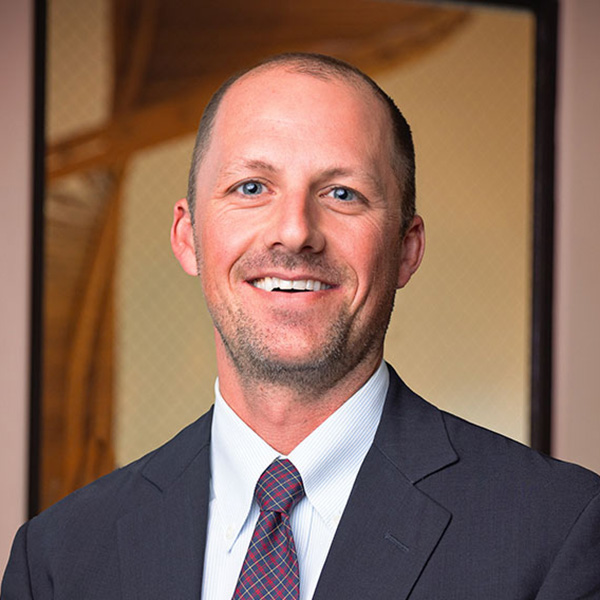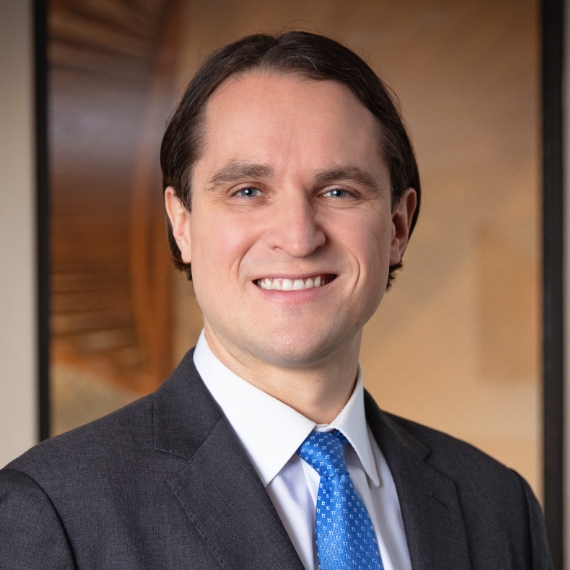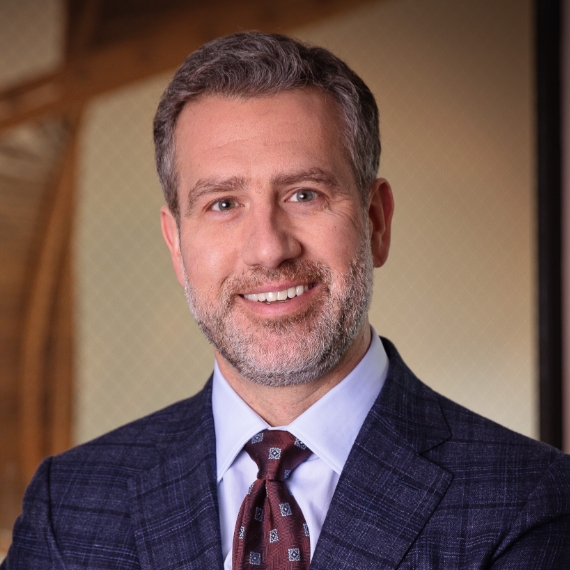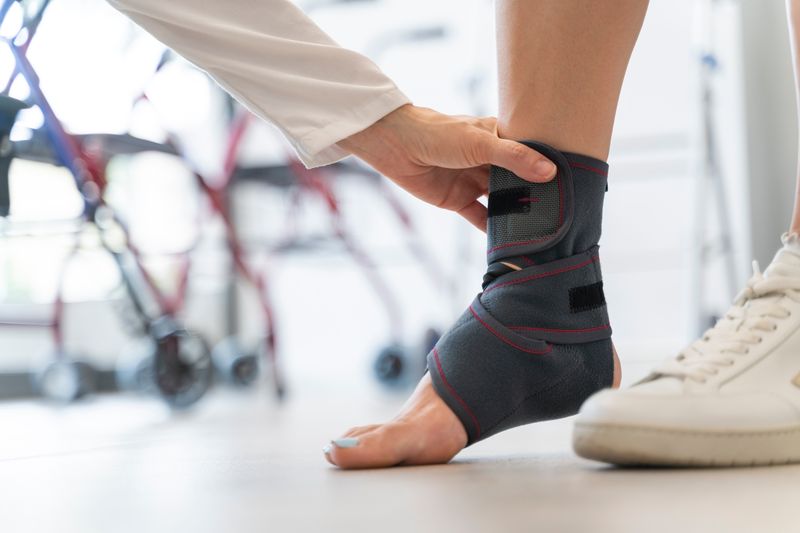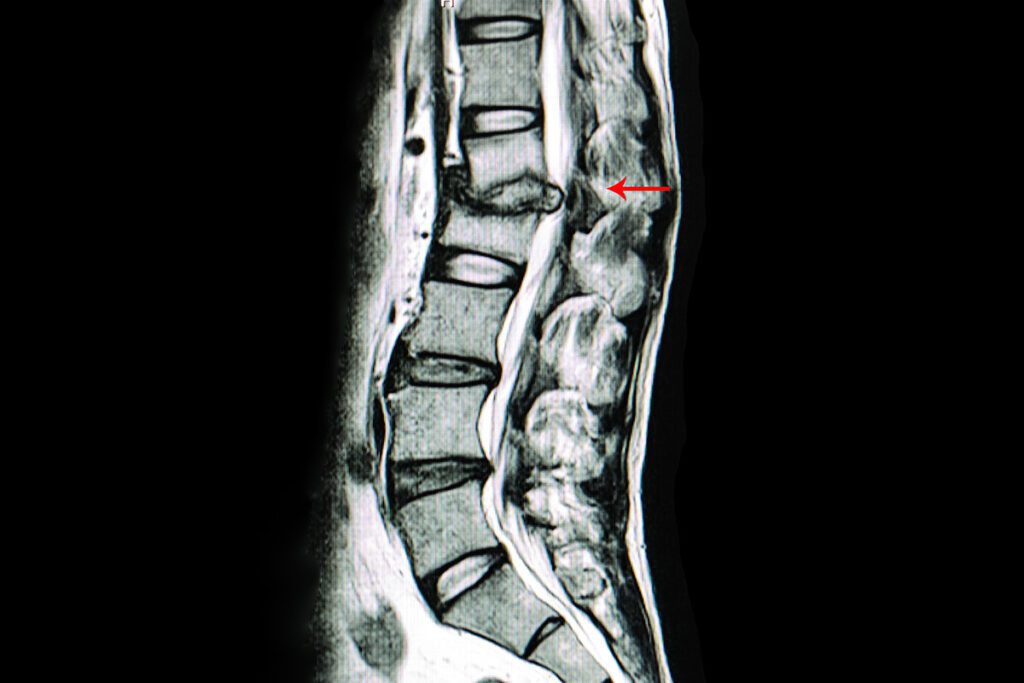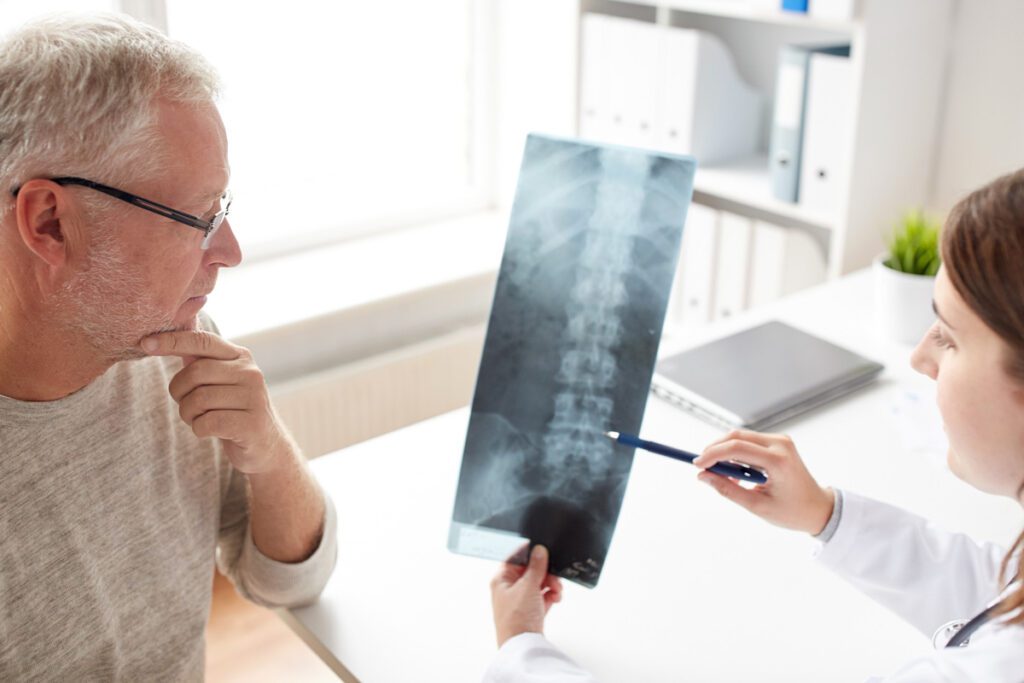
Back, Neck, and Spine Conditions
We at Proliance Surgeons Everett Bone & Joint are known for using innovative methods to treat our patient’s back, neck, and spine conditions. Below you’ll find a list of some of the various problems we treat and our approach to healing your condition.
Request an Appointment
Conditions of the Back, Neck, and Spine
Compression Fractures
A common type of vertebral fracture which can occur when the normal vertebral body of the spine is compressed to a smaller height and is usually caused by traumatic accidents, osteoporosis, or tumors that have spread to the bone. Symptoms include sudden and severe back pain.
Disc Protrusion
Also known as a bulging disc, a common back injury that affects the intervertebral discs in the spinal column. There are several factors that can cause a disc protrusion, including wear and tear over time, repetitive movements in a physically demanding job, and a traumatic injury such as a bad fall or car accident.
Spinous Process Fracture
This condition is a break or crack in the back part of a vertebra that can cause the spinal cord to be damaged as well, though it is uncommon. The fracture is usually caused by advanced age, osteoporosis, contact sports, or shoveling something heavy. Symptoms include a sudden and sharp stabbing pain that becomes worse with breathing or movement, swollen and bruised tingling skin over the fracture area, loss of bladder or bowel control, and muscle weakness.
Spinal Stenosis
A condition usually affecting older adults where the spinal canal begins to narrow. There are two types of spinal stenosis: cervical stenosis, where the neck area is becoming narrow, and lumbar stenosis, where the lower back area begins to narrow. Symptoms include foot drop, sciatica, loss of bladder or bowel control, radiating pain from your spine, and difficulty standing or walking. The cause is usually osteoarthritis, but can also result from tumors, Paget’s disease, herniated sics, and thickened ligaments.
Lumbar Sprain and Strain
This condition is caused by stretching or tearing of a ligament, usually due to twisting or pulling a muscle or tendon. Symptoms include pain that increases with movement, muscle cramping or spasms, and decreased range of motion of the joint.

